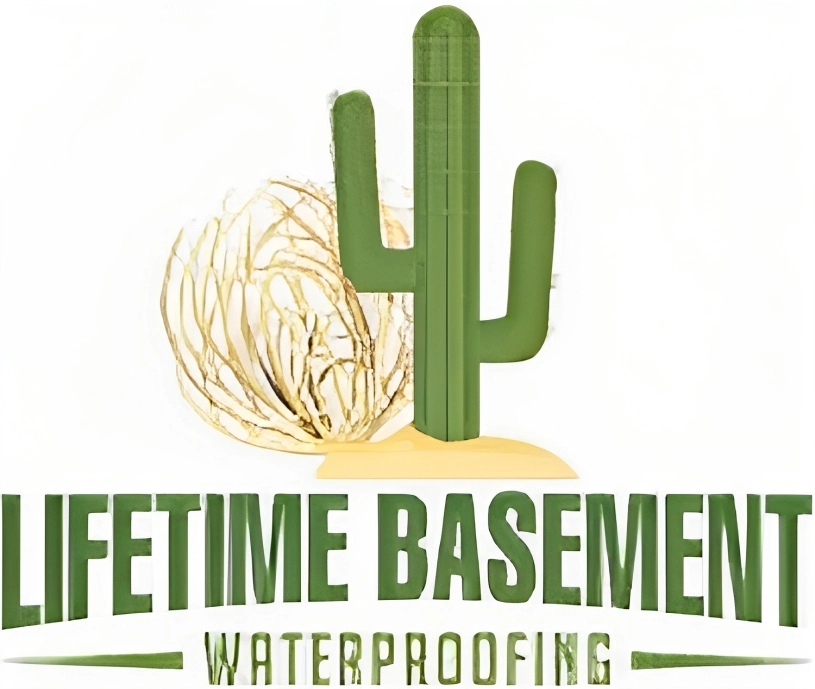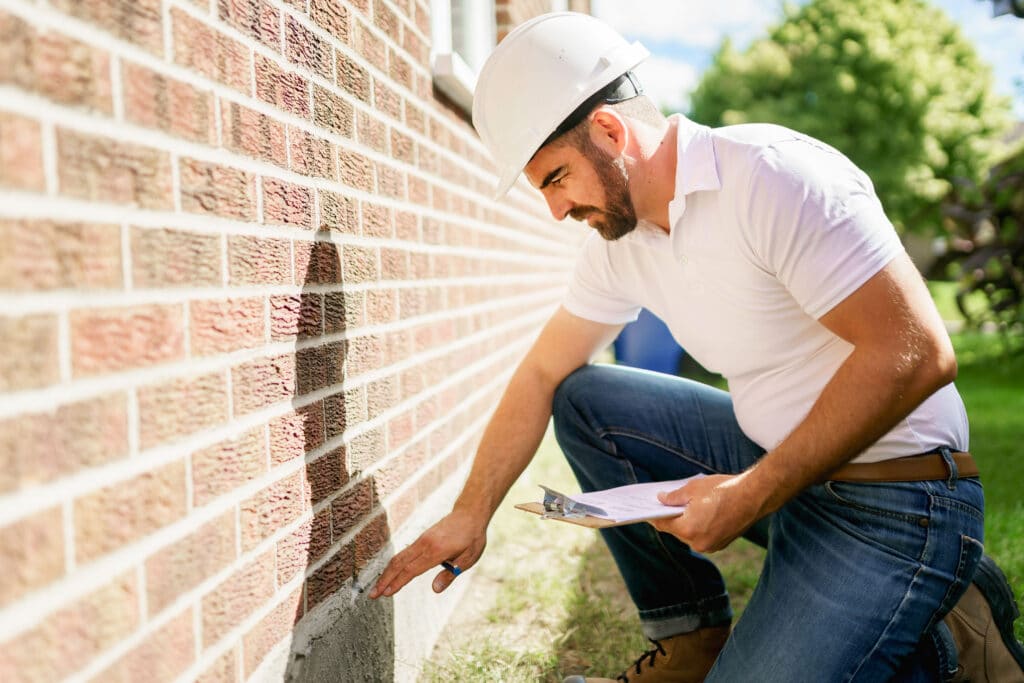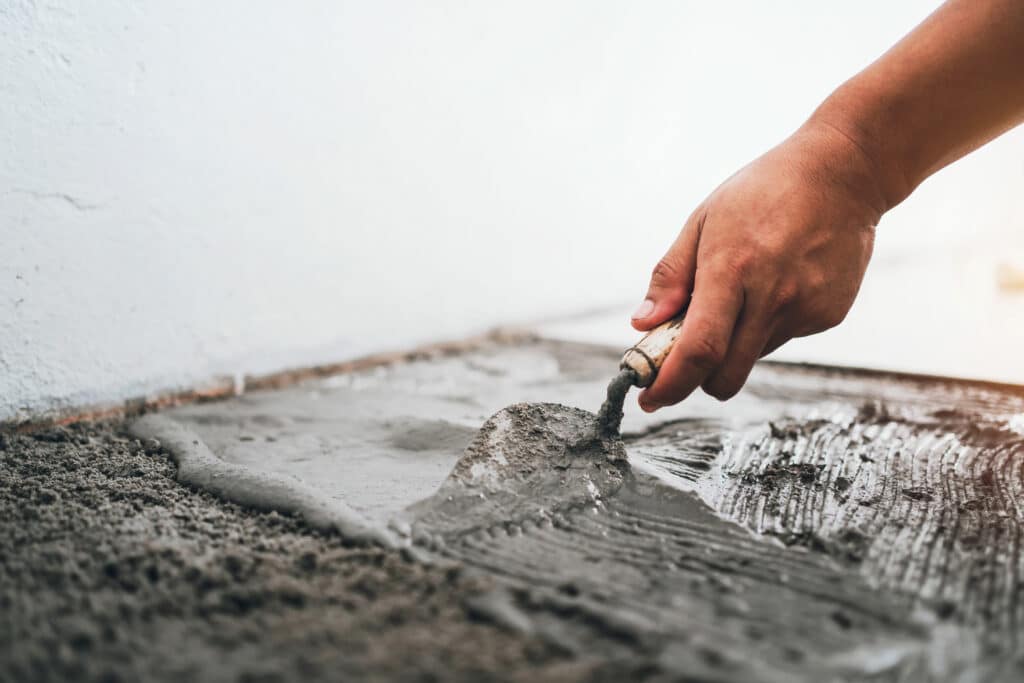Common Causes of Foundation Problems in Atlanta
A few typical reasons why Atlanta homeowners experience foundation problems include:
- Aging plumbing: The average Atlanta home construction year is 1977. If you live in an older home, it's likely to have cast-iron plumbing. When the pipes start eroding, leaking water could reach your foundation and even pool beneath it.
- Soil composition: Soil with large clay or sand concentrations is highly expansive. In the heavy rainfall Atlanta experiences, the soil absorbs moisture like a sponge, then releases it in dry seasons. The constant expansion and contraction presses against nearby foundations, even if the foundations stay dry.
- Standing water: Water accumulation around your home can be menacing to your foundation, especially when it collects in areas your gutter system doesn't reach.
- Improper modifications: Roofing or landscaping work that wasn't performed to standard could result in your foundation settling.
- Tree Roots: Tree roots can encroach on a home's foundation through crevices, and may apply force that leads to your foundation fracturing, pipes leaking, and overall structural deterioration.
How to Choose the Best Foundation Repair Company
When choosing a foundation company, you should consider your personal priorities. Ask each provider on your list about the following qualities.
Licensing and Experience
In Georgia, foundation companies may be licensed as general or specialty contractors. If a company holds a specialty license, it can only perform jobs within its Secretary of State-assigned classifications. Classifications are task-specific, including such specialties as concrete tilt-up, grading, and masonry. To further understand your contractor's experience, we recommend asking questions about how its team will draft plans and pull permits, how the company inspects foundations, and what local codes apply to your project.
One of the most effective ways to assess a company's reputation is to find its website. Look for the company's history and the accreditations its team holds. Many leading companies publish educational content for prospective customers.
Customer Reviews
When you're researching a company's credibility, head to its Better Business Bureau (BBB) profile. There, you can find its "letter grade" rating and a list of customer reviews, both complaints and positive experiences. Complaints aren't necessarily a red flag in themselves. You want to discover how a company responds to them. If the management team consistently and proactively resolves issues, it's a good sign. However, if the company lacks accreditation, has more negative reviews, and doesn't communicate effectively, you should think twice about working with it.
Lastly, we suggest you search different websites, like Trustpilot and Google, for additional feedback.
Foundation Repair Cost in Atlanta
The cost of foundation repair can vary quite a bit depending on the extent of the issues and what needs to be done to address them. For minor foundation fissures and settling issues, you may pay as little as $1,800. However, if there is more significant deterioration, the average cost will likely fall around $2,900. More complex jobs involving digging, helical piers, or major mudjacking could cost $6,800 or more. This table shows the average foundation repair costs for common issues.
| Common Foundation Repair Services | Average Cost |
|---|---|
| Crack Repair | $340 |
| Leak Repair | $2,714 |
| Stabilization | $4,689 |
| Underpinning | $1,303 |
| Waterproofing | $2,996 |
Ready to Get a Quote on Your Foundation Repair Project?
Please enter a valid 5-digit zip code!
Frequently Asked Questions About Foundation Repair in Atlanta
What will I pay to repair my foundation in Atlanta?
What are some signs I need foundation waterproofing?
- Mold and mildew
- Discoloration or odors
- Flooding
- Plumbing leaks
- Hairline cracks
- Uneven floors
Is foundation repair covered under my homeowners insurance?
Are there telltale signs I should avoid a particular foundation company?
To share feedback or ask a question about this article, send a note to our Reviews Team at reviewsteam@thisoldhousereviews.com.
More Foundation Resources
National Foundation Repair Ranking Methodology
Sources
U.S. Census Bureau (American Communities Survey)
















